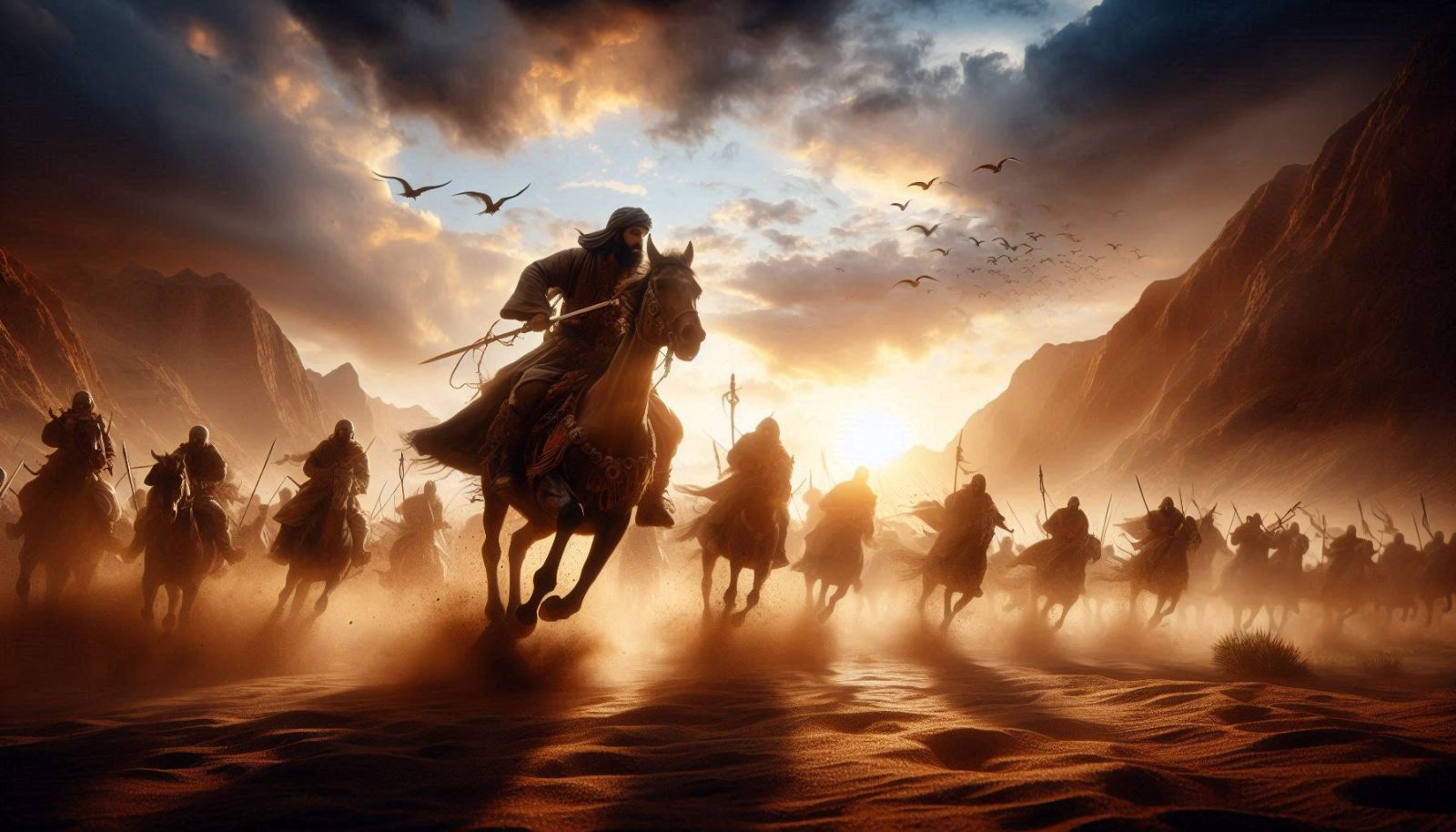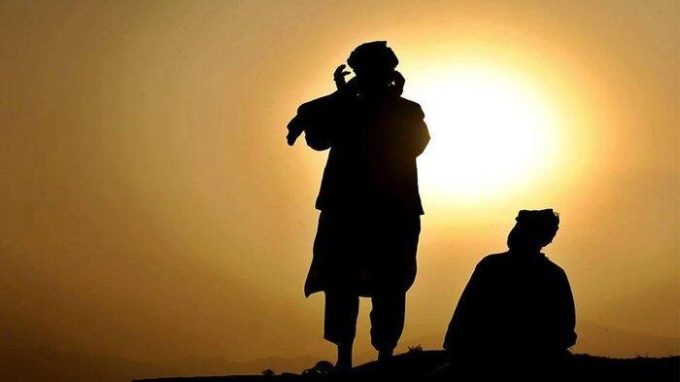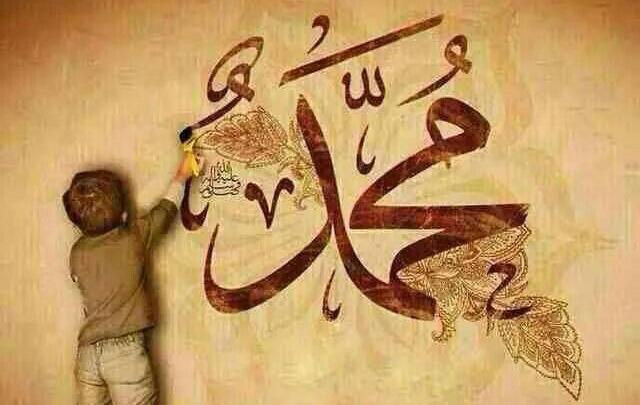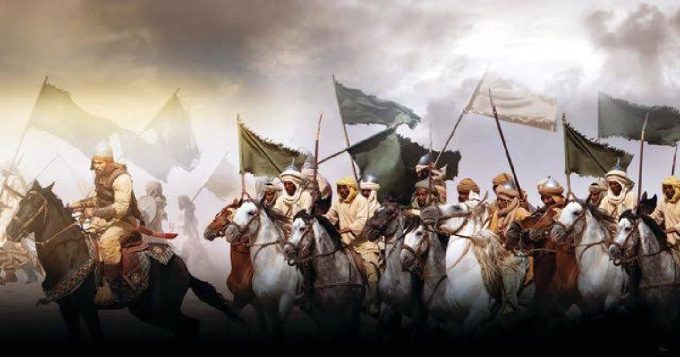Islamic youth figures play an important role in creating the progress of Islamic civilization. Not only inspiring, they also bring positive changes for the welfare of the people.
There are many fields that these figures are involved in, ranging from science, social activities, politics, and many more. The Qur’an mentions the story of these Islamic youth with the term “Ashabul Kahfi”.
According to Muhammad Quraish Shihab in the book Tafsir Al-Misbah (2011), Ashabul Kahfi have very powerful faith and idealism. In order to fight for the progress of Islam, they are willing to face all the risks and hardships that exist.
One of the famous Islamic youth figures is Muhammad Al-Fatih who succeeded in capturing Constantinople from the Roman Empire. Apart from al-Fatih, there are other figures who can be used as inspiration. Check out the complete list below.
Short Biography of Islamic Youth Figures
Islamic youth figures were not only born in the time of the Prophet Muhammad SAW. They exist in every era and have the goal of creating the golden age of Islam.
The role of these youth is very important for the Islamic religion. Compiled from various sources, here are brief biographies of young Islamic figures that you can read:
1. Muhammad Al-Qasim
Muhammad Al-Qasim (695-715 AD) was a Muslim warlord who was famous for conquering Sindh, a region that is now part of Pakistan. This conquest brought Islam to the region. Muhammad Al-Qasim was known for his intelligent military tactics and ability to build a stable government.
2. Zubair bin Awwam
Zubair bin Awwam (594-656 AD) was one of the ten companions who were guaranteed entry into heaven by the Prophet Muhammad SAW. He was a brave fighter.
Zubair bin Awwam was involved in important battles such as the battles of Badr, Uhud, and Khaibar. He also had expertise in economics and business.
3. Sa’ad bin Abi Waqash
Sa’ad bin Abi Waqash (592-674 AD) was one of the companions of the Prophet Muhammad SAW and a famous warlord in Islamic history. He participated in various important battles, including the battles of Uhud and Khandaq.
Important information is presented chronologically
Sa’ad bin Abi Waqash was known for his bravery, strategic intelligence, and steadfastness of faith. After the death of the Prophet Muhammad, he was appointed as the governor of Kufa and played an important role in the expansion of the Islamic Caliphate.
4. Khalid bin Walid
Khalid bin Walid (592-642 AD) was a prominent Muslim warlord during the early days of the spread of Islam. He was renowned for his bravery in battle and brilliant military strategy.
Khalid bin Walid played an important role in the conquest of Mecca and the spread of Islam in Saudi Arabia. He was also involved in the Battle of Mu’tah and the Battle of Yarmuk, where his leadership played a role in achieving victory. Khalid ibn Walid is considered one of the greatest military commanders in Islamic history.
5. Muhammad Al-Fatih
Muhammad Al-Fatih (1432-1481 AD) was known as Sultan Muhammad II or Mehmed the Conqueror. He was an Ottoman leader who is famous for conquering Constantinople in 1453. This conquest ended the Eastern Roman Empire and paved the way for the emergence of the Ottoman Empire as a dominant power in the region.
6. Saladin al-Ayubi
Shalahuddin al-Ayubi (1137-1193 AD) was a Muslim warlord who is famous for his leadership in recapturing Jerusalem from the Crusaders in 1187.
He is considered to be instrumental in defending Muslim territories from the Crusaders. Saladin al-Ayubi is also known for his fair and compassionate attitude towards his enemies.
His leadership and steadfastness in upholding Islamic values made him one of the most respected figures in Islamic history.
resource : kumparan.com











Leave a comment